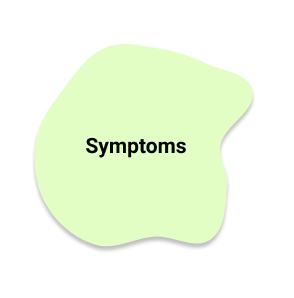Superior Canal Dehiscence
Superior Canal Dehiscence
or
SCD


It is unknown how common superior semicircular canal dehiscence syndrome is. The dehiscence may exist from birth or arises from failure of postnatal bone during the development of the inner ear. It can also be caused by certain illnesses or head trauma.
Temporal-bone histopathological studies suggest that 1 to 2% of the general population has unusually thin bone covering their superior semicircular canal. The typical age for superior canal dehiscence diagnosis is around 45 years old. Superior canal dehiscence will be seen in around 33% of individuals diagnosed. Many patients will have scans that show weak or dehiscent bone but no symptoms of SCD condition. Surprisingly, some people with just thin bones on scans may have the same symptoms as those with actual dehiscence.

Dizziness and vertigo as a result of hard lifting, straining, coughing, or loud noises that alter the middle ear or intracranial pressure. Not all patients will experience all of the symptoms, some do not feel dizziness.
Other symptoms include ear fullness, autophony (echo or reverberation in the ear when speaking, eating, or swallowing), and hearing loss
When to see a doctor?
Superior semicircular canal dehiscence syndrome can cause both vestibular and auditory symptoms. Sound-induced symptoms are commonly defined as the illusion of motion in things as a result of loud noises. If you develop this symptoms go to a nearby walk-in clinic or hospital.

Patients with SSCD can normally manage their symptoms and mitigate the more severe consequences by avoiding stimuli that aggravate the symptoms (such as loud noises). Surgical correction of the dehiscence can be advantageous and substantially reducing the symptoms and signs for patient whose well-being is significantly impacted by SSCD.


